Buy this bird art Bathing Jay by Henk van Dijk on canvas, ArtFrame, poster and wallpaper, printed on demand in high quality.
About "Bathing Jay"
by Henk van Dijk
About the artwork
3rd prize at IGPOTY in the category Wildlife in the Garden
This Jay takes it from there; cooling off in the water on a hot day in the woods. He looks straight at you and his eyes are super sharp, with a beautiful bow of water droplets around him.
The jay is 32 to 35 cm long. The bird, which occurs in the Benelux, is predominantly grey brown with a pink tint. The throat, abdomen, anal area, rump and part of the hand are white. Characteristic are a broad black moustache stripe and a blue wing field consisting of light blue feathers with a fine black banding. The bird can raise its crown feathers when agitated, these are alternately light coloured with black.
The jay finds its food in trees and bushes, in the air and on the ground; it has a broad spectrum of animal and vegetable diets: insects and invertebrates, acorns, beechnuts, hazelnuts and other seeds and nuts, fruits such as blackberries, cherries, raspberries and rowan berries. Small or young songbirds and eggs are also part of the diet, as well as small rodents. With its strong beak, the jay cuts holes in hard shells such as snail shells, nut shells, and eggshells, and forages through soil, animal droppings, and human waste.
The German name for the jay (Eichelhäher) typifies the behavior. The scientific name Garrulus glandarius can be freely translated as perpetually scratching acorns.

About Henk van Dijk
I've been doing photography since I bought an SLR from my first paycheck. Favorite subjects are landscapes and birds. But also for other subjects I like to take on the challenge of capturing these special ones.
The pictures here are just a selection of my archive, do you have specific..
Read more…
 Germany
Germany Ordered in April 2022
Ordered in April 2022
 Germany
Germany Ordered in July 2021
Ordered in July 2021
 Germany
Germany Ordered in November 2020
Ordered in November 2020
 Germany
Germany Ordered in February 2020
Ordered in February 2020
 Germany
Germany Ordered in January 2020
Ordered in January 2020
 Germany
Germany Ordered in July 2019
Ordered in July 2019
 Germany
Germany Ordered in November 2024
Ordered in November 2024
 Germany
Germany Ordered in September 2020
Ordered in September 2020
 Netherlands
Netherlands Ordered in December 2024
Ordered in December 2024
 Germany
Germany Ordered in August 2019
Ordered in August 2019
 Netherlands
Netherlands Ordered in July 2025
Ordered in July 2025
 Netherlands
Netherlands Ordered in September 2021
Ordered in September 2021
About the material
ArtFrame™
Interchangeable Art Prints
- High-quality print
- Easily interchangeable
- Acoustic function
- Large sizes available
Discover the artworks of Henk van Dijk
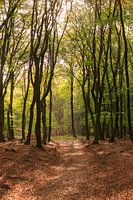 Path through the forest in autumn colours on the VeluweHenk van Dijk
Path through the forest in autumn colours on the VeluweHenk van Dijk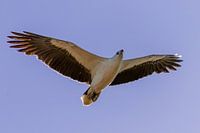 Flying OspreyHenk van Dijk
Flying OspreyHenk van Dijk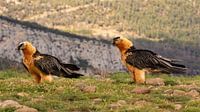 Lamb vultures in the Spanish mountainsHenk van Dijk
Lamb vultures in the Spanish mountainsHenk van Dijk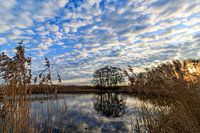 Sunrise reflection in the WeerribbenHenk van Dijk
Sunrise reflection in the WeerribbenHenk van Dijk Wide panorama of the landscape in the Eilandspolder, North HollandHenk van Dijk
Wide panorama of the landscape in the Eilandspolder, North HollandHenk van Dijk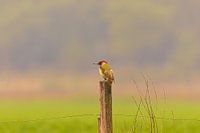 Green woodpecker resting on a pole in a misty landscapeHenk van Dijk
Green woodpecker resting on a pole in a misty landscapeHenk van Dijk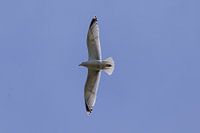 Sea Gull flying over against a clear blue skyHenk van Dijk
Sea Gull flying over against a clear blue skyHenk van Dijk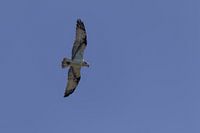 Osprey flying over National Park BiesboschHenk van Dijk
Osprey flying over National Park BiesboschHenk van Dijk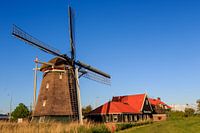 Authentic windmill the Otter in Oterleek.Henk van Dijk
Authentic windmill the Otter in Oterleek.Henk van Dijk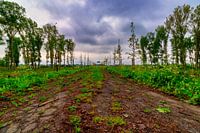 Perspective on deserted road in the countrysideHenk van Dijk
Perspective on deserted road in the countrysideHenk van Dijk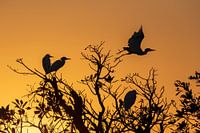 Silhouette of Herons at sunrise in Kakadu National Park AustraliaHenk van Dijk
Silhouette of Herons at sunrise in Kakadu National Park AustraliaHenk van Dijk Ultra wide panorama on the Lower Rhine near ArnhemHenk van Dijk
Ultra wide panorama on the Lower Rhine near ArnhemHenk van Dijk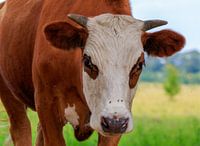 Portrait of a Blaarkop CowHenk van Dijk
Portrait of a Blaarkop CowHenk van Dijk Painting of the sunrise in the Australian OutbackHenk van Dijk
Painting of the sunrise in the Australian OutbackHenk van Dijk Panorama of the Bungle Bungles AustraliaHenk van Dijk
Panorama of the Bungle Bungles AustraliaHenk van Dijk Pilot cutter number 9 IJmuiden TexelHenk van Dijk
Pilot cutter number 9 IJmuiden TexelHenk van Dijk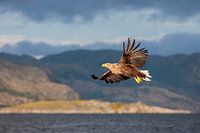 Flying Bald Eagle near the Norwegian FjordsHenk van Dijk
Flying Bald Eagle near the Norwegian FjordsHenk van Dijk Alkmaar, Fnidsen by NightHenk van Dijk
Alkmaar, Fnidsen by NightHenk van Dijk Alkmaar, Waagplein by NightHenk van Dijk
Alkmaar, Waagplein by NightHenk van Dijk Bald eagle in fjord landscape Norway with rainbowHenk van Dijk
Bald eagle in fjord landscape Norway with rainbowHenk van Dijk
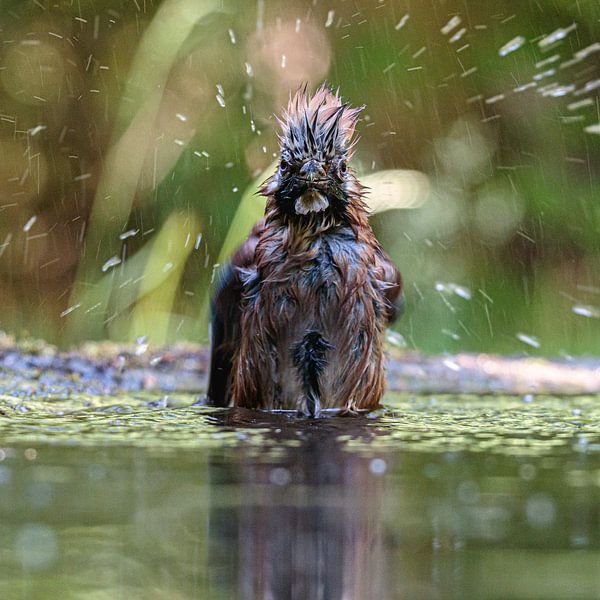












 Birds
Birds Forest
Forest Lakes
Lakes Photo wallpaper
Photo wallpaper Photography
Photography Symmetry
Symmetry Vibrant Colors
Vibrant Colors Whimsical Wonders
Whimsical Wonders









